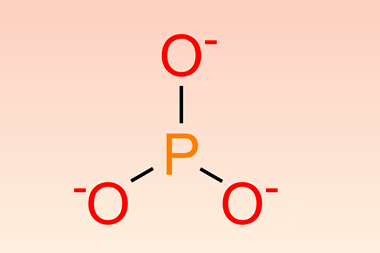Interstellar aldehydes shed light on how space compounds form.
Interstellar aldehydes shed light on how space compounds form.
An international team of scientists has detected two new organic molecules in an interstellar cloud of gas and dust located 26 000 light-years away from Earth. The molecules are the aldehydes propenal (CH 2CHCHO) and propanal (CH 3CH 2CHO), and their discovery sheds light on the process by which these and other more complex organic compounds may form in the depths of space.
Although around 130 different molecular species have already been detected in interstellar clouds, the two new molecules represent some of the largest ever identified. ’Over time, more and more complex molecules can be formed in these clouds,’ explains Jan Hollis of the NASA Goddard Space Flight Center in Greenbelt, Maryland, US, and the lead researcher. ’At present, however, there is no accepted theory addressing how interstellar molecules containing more than five atoms are formed.’
Hollis has already detected a number of different organic molecules in interstellar clouds, including glycolaldehyde and ethylene glycol, and postulated that hydrogen addition reactions may be responsible for the gradual creation of more complex molecular species. These reactions would take place on dust grains and would be powered by shocks within the clouds, which can be caused by supernovae and stellar winds. To test his hypothesis, which had already been supported by laboratory experiments simulating the likely conditions within interstellar clouds, Hollis decided to search for propenal and propanal. These aldehydes can easily be formed from the aldehyde propynal (HC 2CHO), which had previously been detected in interstellar clouds, via hydrogen addition reactions.
In collaboration with three other US astronomers and a chemist from the University of Oslo in Norway, Hollis used the US National Science Foundation’s Green Bank Telescope (GBT) to observe an interstellar cloud known as Sagittarius B2(N). By analysing the radio waves emanating from the cloud, Hollis was able to detect the presence of propynal, propenal and propanal.
According to Hollis, this finding ’demonstrates that evolution to more complex species occurs routinely in interstellar clouds and that a relatively simply mechanism [hydrogen addition] may build large molecules out of smaller ones’.
Jon Evans
References
J M Hollis et al, Astrophys. J., 2004, 610, L21






No comments yet